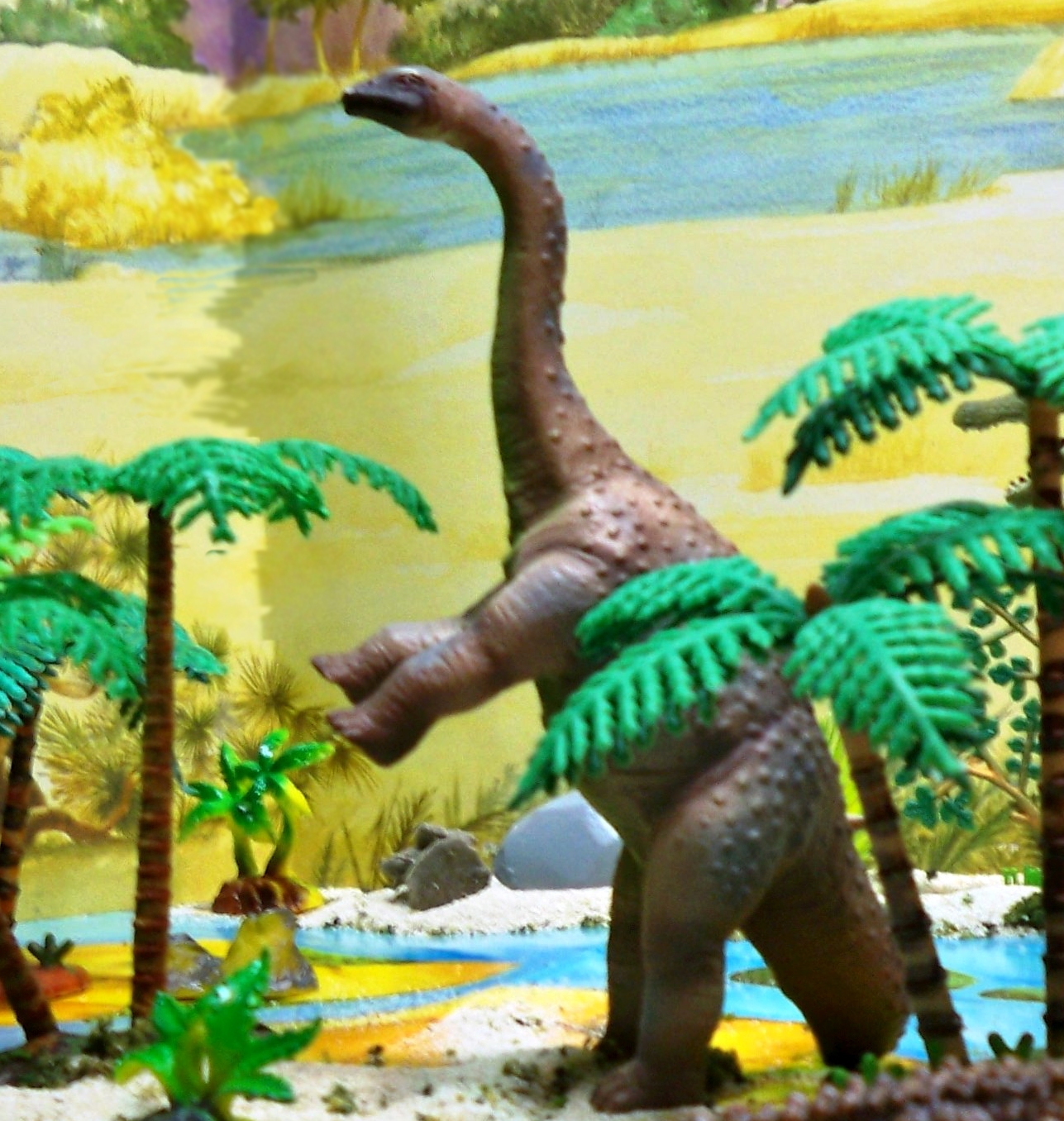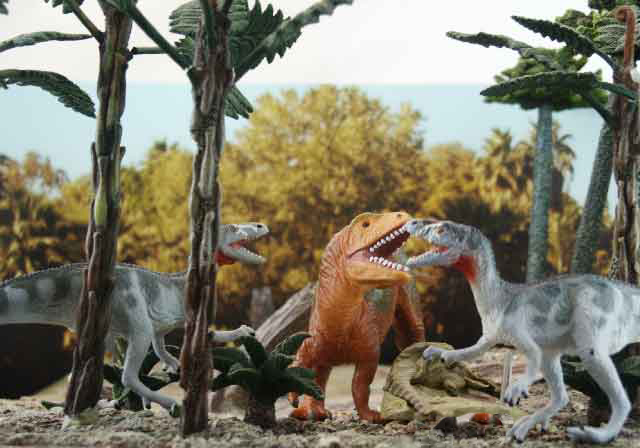Late Cretaceous Cenomanian
Bahariya Formation Egypt
The ecology, coastal deposits and tidal flat deposits containing fossil mangrove vegetation. The mangrove ecosystem was situated along the southern shore of the Tethys Sea. It was a saline woodland or shrubland habitat characterized by depositional coastal environments, where fine sediments collect in areas protected from high-energy wave action. Mangroves dominateed the tropical coastlines. The saline conditions tolerated by various mangrove species range from brackish water, through pure seawater. The inland tropical dry forest was warm year-round, and received up to several hundred centimeters of rain per year, there was a long dry season which last several months and varied with the geographic location. These seasonal droughts had great impact on all living things in the forest. Deciduous trees predominate in most of these forests, and during the drought a leafless period occurs, which varies with species type. The forest merges into savannas. The species tended to have wider ranges than moist forest species.
updated 091113
 The large herbivores are titianosaurus like Paralititan. There are large carnivores giganotosaurs Carcharodontosaurus the abeilosaurs Deltadromeus.
The large herbivores are titianosaurus like Paralititan. There are large carnivores giganotosaurs Carcharodontosaurus the abeilosaurs Deltadromeus.
Spinosaurus is a giant fish eating specialist and opportunistic apex predator.
 Paralititan is the first dinosaur demonstrated to have inhabited a mangrove and one of the most massive dinosaurs estimated weight of 65 tons and may have possessed osteoderms. It is also possible that Paralititan was hunted by large predatory dinosaurs.
Paralititan is the first dinosaur demonstrated to have inhabited a mangrove and one of the most massive dinosaurs estimated weight of 65 tons and may have possessed osteoderms. It is also possible that Paralititan was hunted by large predatory dinosaurs.
 Deltadromeus (delta runner) was a medium weight predator. Deltadromeus is an abelisaur, with
unusually long, slender limbs suggesting speed and agility. The adult size may have approached that of Tyrannosaurus but it was much more lightly built. Probably the same animal as Bahariasaurus. Deltadromeus skeletons have been found with those of the shorter but more massive Carcharodontosaurus (jagged-toothed lizard') named for the teeth which looked shark like, and it may have lived along side the larger Spinosaurus. Carcharodontosaurus is known from teeth and bones found throughout North Africa. Estimated at 40 feet and weighing up to 4 tons.
Deltadromeus (delta runner) was a medium weight predator. Deltadromeus is an abelisaur, with
unusually long, slender limbs suggesting speed and agility. The adult size may have approached that of Tyrannosaurus but it was much more lightly built. Probably the same animal as Bahariasaurus. Deltadromeus skeletons have been found with those of the shorter but more massive Carcharodontosaurus (jagged-toothed lizard') named for the teeth which looked shark like, and it may have lived along side the larger Spinosaurus. Carcharodontosaurus is known from teeth and bones found throughout North Africa. Estimated at 40 feet and weighing up to 4 tons.
